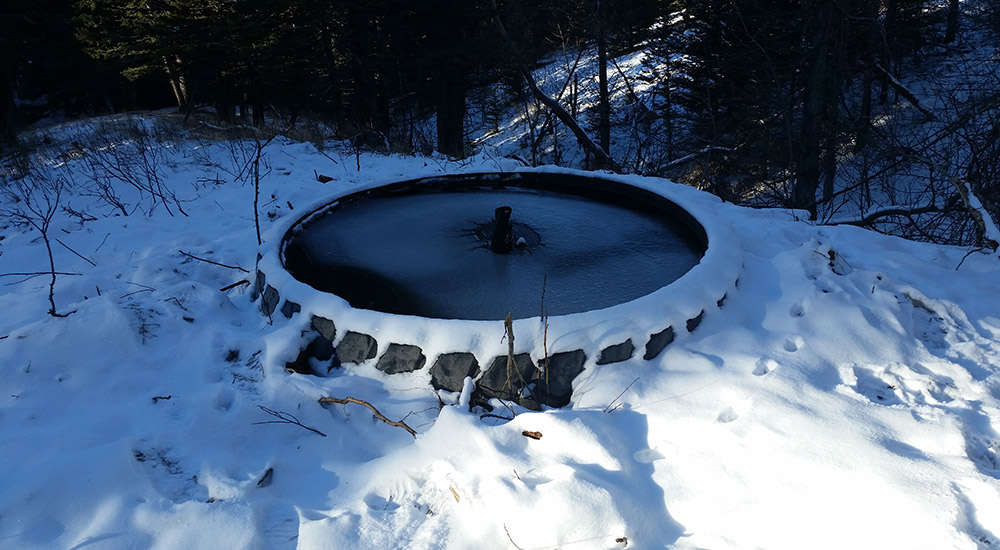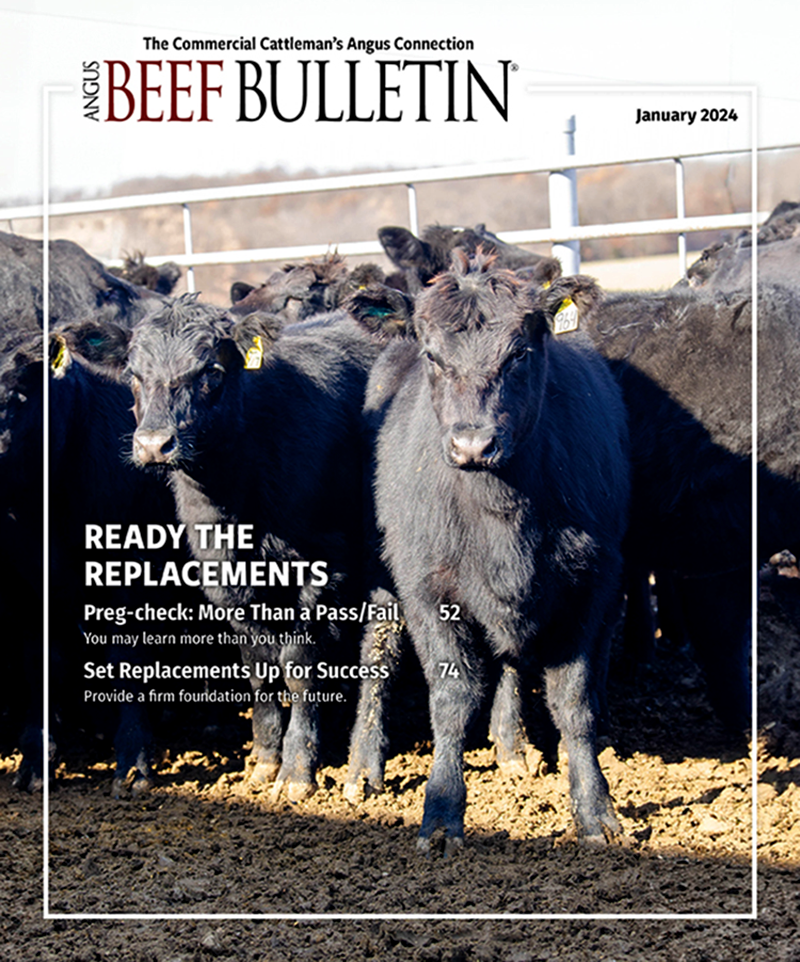Get More Parasite Coverage This Fall
Four tips offered for getting the most parasite control.
When you are deworming your cattle this fall with an oral drench dewormer, focus more on the amount of parasite control you get from the product and less about the dosage volume.
A higher-volume dose isn’t a bad thing for parasite control with oral drench. Benzimidazole products work best through prolonged exposure of parasites to “toxic” concentrations of dewormers. With a large rumen and abomasum, a higher-volume dose is more likely to expose parasites to the active ingredient and help improve product efficacy.
Mycotoxin Management
Severe weather across the United States is resulting in high risk for mycotoxins.
Each growing season can present its own unique challenges, from hot temperatures and drought to excess rainfall and flooding. Extreme weather conditions can reduce yield, delay harvest, increase plant stress and lead to future issues for the crop, including molds and mycotoxins.
Mycotoxins are a concern for livestock producers, as they influence feed quality and animal safety. They are produced by certain species of molds and can have toxic properties that impact animal health and performance.




